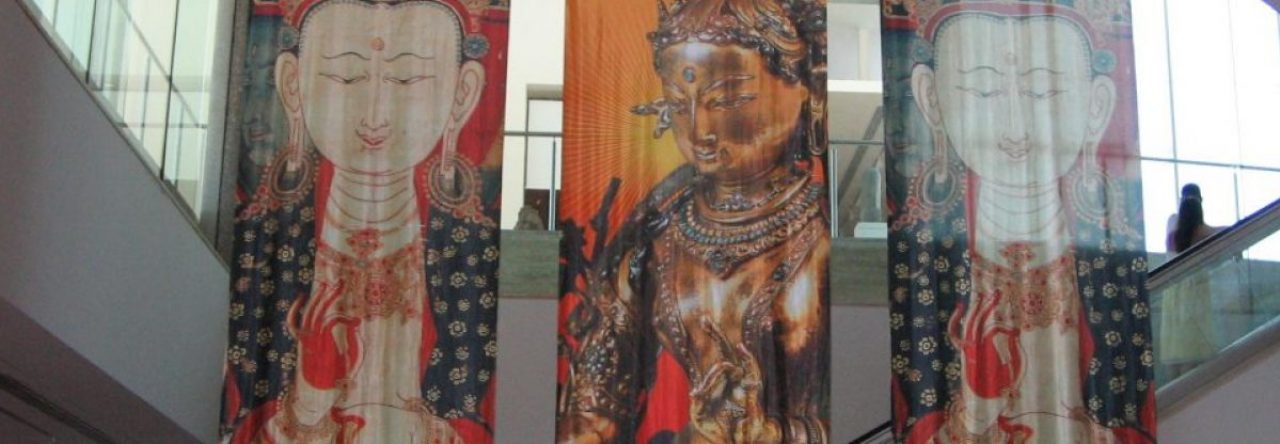Continuing with MN 119, Kāyagatāsati Sutta…
In the next section of the sutta, we are invited to consider the less aesthetic aspects of the body. This hardly needs any commentary. Two easy observations arise, straight away: a culture which is obsessed with the external appearance of the body, is unlikely to be inclined to acknowledge the basic biological actualities. This portion is not a rap-song for the cat-walk set.
Secondly, regular contemplation of this kind will definitely impress the contemplative with the truth of their mortality, providing the reflection is loving and kind, and especially if it brings an ‘inner smile’ to the organs of the body – Thich Nhat Hanh-style,for example. This contemplation needs to be balanced with positivity, so that it doesn’t affect the yogi morbidly. It can be the ground for a realistic care of one’s fragile life; and being positive and realistic is can bring to light our narcissistic constructions based our lack of grounded knowledge of the body.
The sutta:
“Again, Seekers, up from the soles of the feet, down from the hair on the head, this very body bounded by skin and full of various impurities, the practitioner contemplates thus: “There is in this body: head-hair and body-hair, nails and teeth, skin and flesh, ligaments, bones and marrow, kidneys, heart and liver, pleura, spleen, lungs, intestines and mesentery, the stomach, faeces, bile, phlegm, pus, blood, sweat, the fat, tears, grease, saliva, mucus, synovial fluid and urine.” Just as if there was a bag opened at both ends, full of various grains – such as, fine rice and paddy, green peas and beans, sesame and husked rice – and a man with eyes to see were to reflect, as he emptied the bag, that, “This is fine rice; this paddy; these are green peas; these are beans; this is sesame; and this is husked rice. In just the same way does the seeker contemplate this very body, up from the soles of the feet, down from the hair on the head, bounded by kind and full of various impure things: “In this body there are head-hair and body-hair, nails and teeth, skin and flesh, … synovial fluid and urine.”
As she dwells thus, ardent, diligent and committed, her thoughts about mundane concerns are abandoned and hence the mind becomes inwardly steadied, quieted, unified and collected. In this way a seeker develops mindfulness of the body.”
This is another marvellous aspect of mindfulness of the body. There is an irony in this, of course. Contemplating the less beautiful side of our bodies, we can engender a respect for the beautiful intricacy of biological processes. What science has taught us about the workings of these organs – their intricately dynamic conditions – is staggeringly wondrous. Let’s leave that wonder in place, and even celebrate the awesome creativity of nature. However, none of it establishes that the body can provide the mind with unassailable peace, with true fulfilment – only the discovery of an unconditioned element (nibbāna) can provide this.
